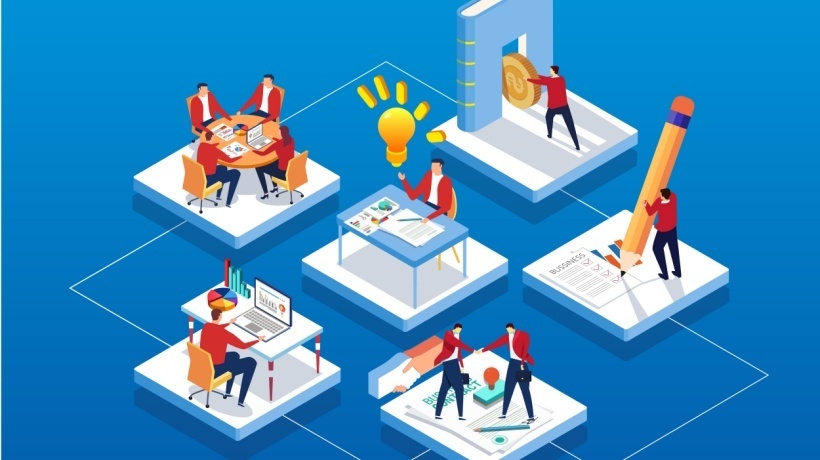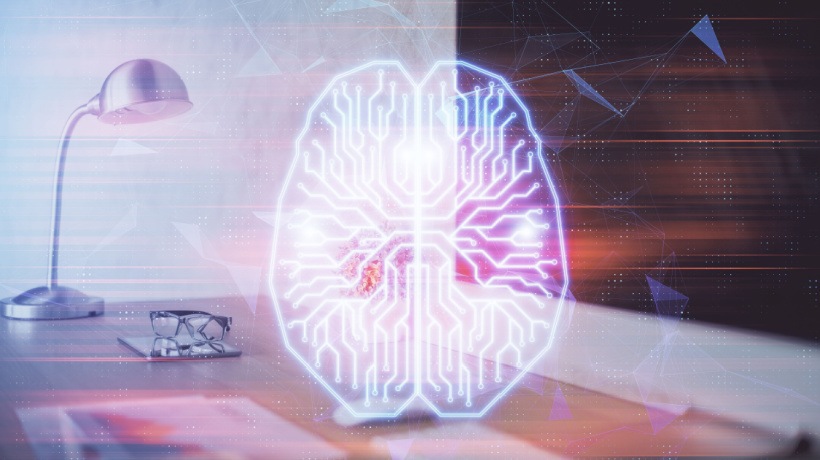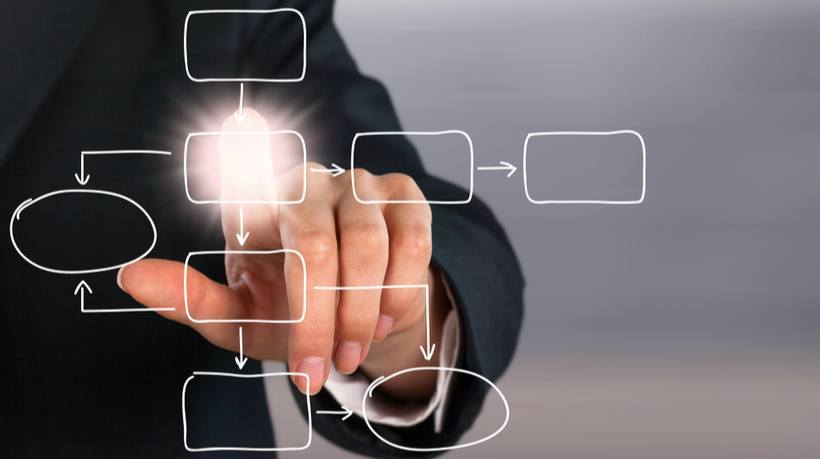How To Design Learning That Lives Where Employees Work
In the first part of this series, Microlearning: A Must-Have In Hybrid Work, we explored practical tips for designing microlearning in the hybrid workplace. In the second part, Gamification: Bridging The Gap Between Learning And Practice, we saw how gamification can go beyond fun to drive real-world application. Now, let's zoom out and look at the bigger picture: the learner's journey.
Learning That Fits Into Real Life
Think about your own workday: how often do you stop to take a full course? Probably rarely. But you might look up a quick tip, check a guide before a meeting, or ask a colleague for advice. That's learning, too. When L&D teams design for those small but meaningful moments, learning stops being a break from work and starts becoming part of how work gets done.
Even the best-designed micro-courses or gamified challenges risk becoming "just another task" if they're not integrated into the rhythm of work. In a world of constant emails, meetings, and notifications, attention is limited. That's why embedding learning into workflows so it appears right when it's useful isn't just convenient. It's essential.
Meeting Employees Where They Work
Start where the employees' workday starts (or even sooner). How can you help them prepare for their tasks? What does a typical day look like? Where are the most critical moments to provide guidance or motivation? What are the natural touchpoints between the learner's work and your training topic?
Think of it as meeting employees where they are: in the CRM before a client call, in the project dashboard before a deadline, or on a mobile device during a commute. People are far more likely to engage with content if it appears naturally in the tools they already use. [1] The closer learning sits to the task at hand, the more likely it is to be absorbed and applied.
For instance, a customer service team might receive a two-minute scenario challenge right before their shift starts. A project manager could get a quick checklist in their collaboration tool the moment a new sprint begins. These nudges don't interrupt the day—they enhance it, turning everyday work moments into learning touchpoints.
Practical Ways To Embed Learning
Here are some strategies L&D teams can use to make learning part of everyday work:
- Anchor training to real tasks. Design micro-modules that show up in the moment of need: product updates before a sales pitch, quick compliance reminders during audits, or troubleshooting tips during customer interactions.
- Blend with existing tools. Employees shouldn't have to leave their flow to learn. Integrating access links to training into chat platforms, CRM systems, or workflow apps ensures learning feels like part of the job, not a detour.
- Small, consistent learning modules keep learning visible without overwhelming employees. A daily quiz question, reflection task, or challenge can help maintain focus on key skills. These moments of repetition help transform awareness into habit.
- Balance async with sync. Independent microlearning works best when paired with shared challenges or discussions that bring teams together—even across locations.
- Managers play a central role in embedding learning. Encourage them to integrate short learning reflections into one-on-ones or team meetings—asking what someone has applied recently or what skill they want to strengthen next. This keeps learning connected to growth, not compliance.
In Summary
Designing for the flow of work means seeing employees not just as learners, but as people solving real problems in real time. For L&D, that requires a shift in mindset from delivering isolated training events to enhancing everyday workflows with learning experiences.
When learning becomes part of daily routines, it lays the groundwork for longer-term growth. But embedding training into work is only one piece of the puzzle. To create lasting impact, organizations need to think about the bigger picture: how short-term learning campaigns and longer-term learning journeys complement one another.
Platforms like Moovs Learning Arena make it possible to do both—embedding microlearning, gamified challenges, and just-in-time guidance into the workday, while also supporting structured campaigns and long-term development paths.
That's where we'll turn in the final article of this series: how to balance campaigns and journeys to move from training events to lasting impact.
Reference:
[1] A New Paradigm For Corporate Training: Learning In The Flow of Work









